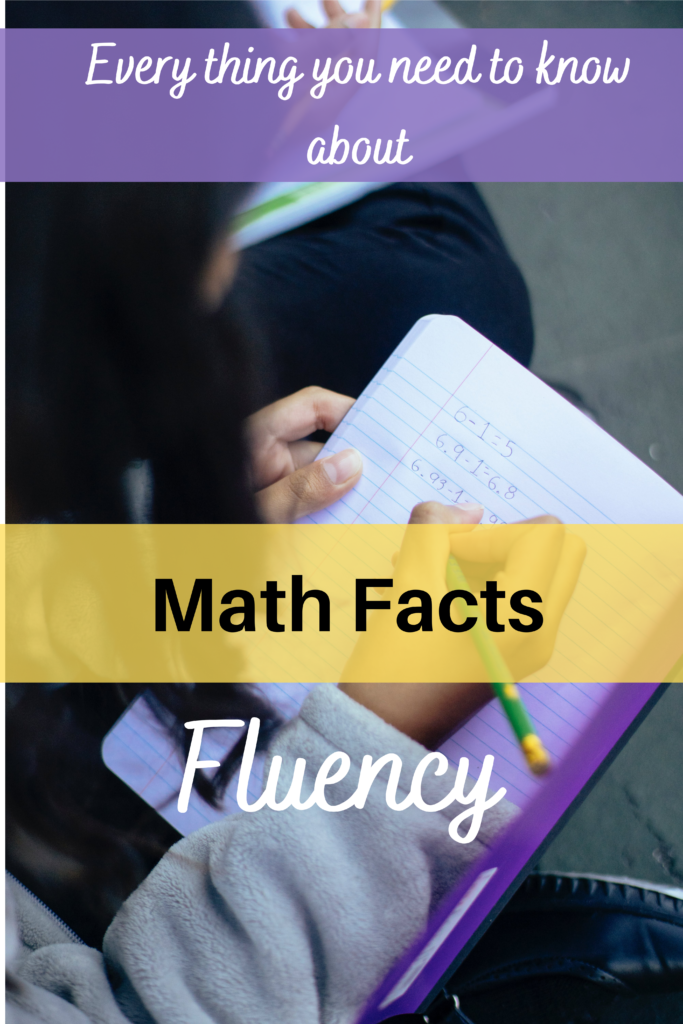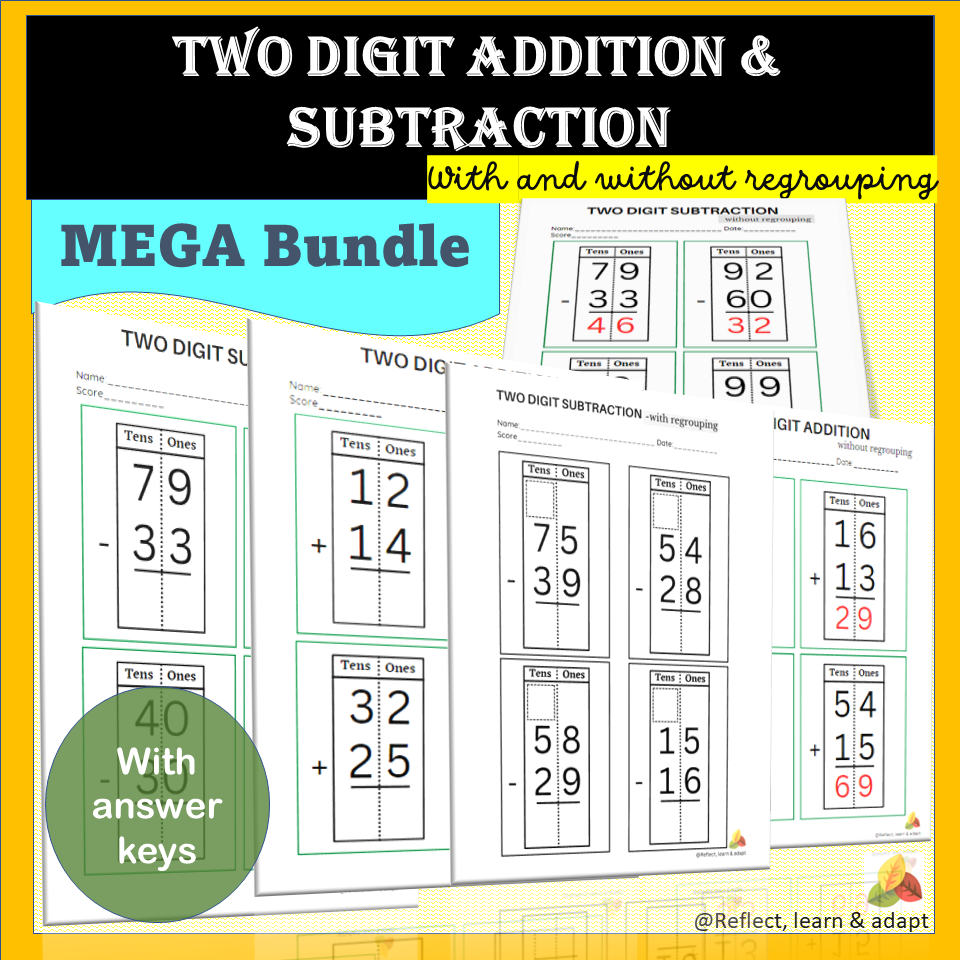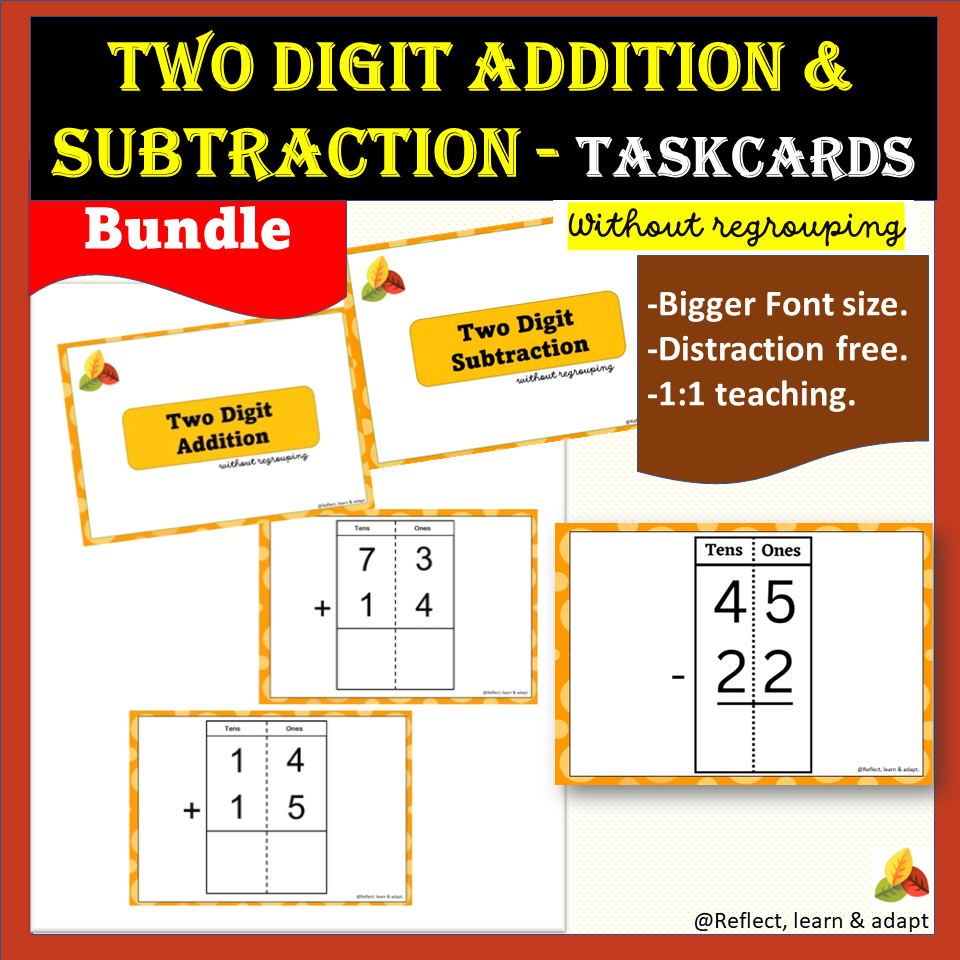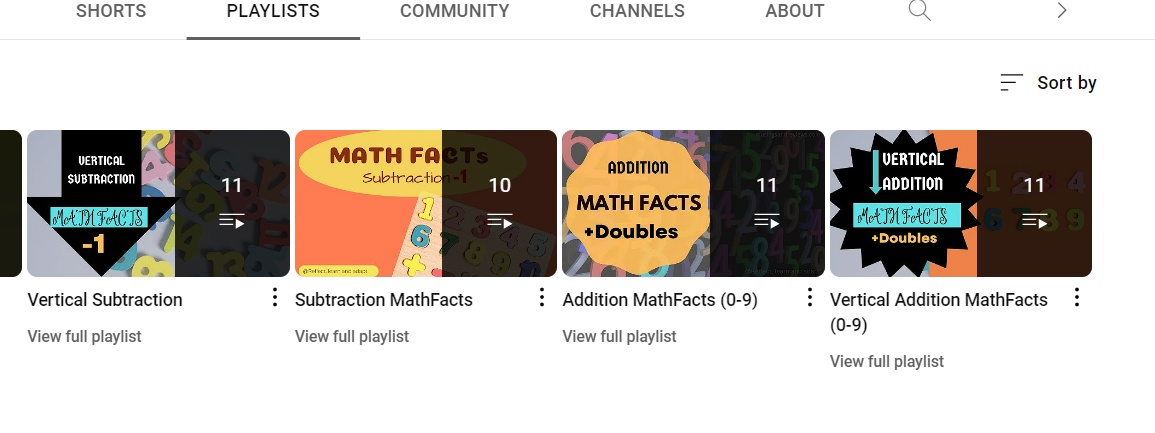
When acquiring math facts fluently, autism and learning problems might pose special difficulties. For children with these problems, learning basic math facts can be challenging since they may have trouble with recall, automaticity, and precision. Yet, individuals with autism and learning disabilities can develop math fact fluency and succeed in math with the correct tools and assistance. In this piece, we’ll examine math fact fluency, why it’s significant, and how parents and teachers can help individuals with autism and other disabilities develop it. Also, we’ll talk about some of the difficulties that kids with these disorders could encounter as well as some of the useful tools and resources that are available to assist them in overcoming these difficulties. Together, we can support kids with autism and other disabilities in developing math fact fluency, enabling them to succeed in math and other subjects.
What is Math Fact Fluency?
Math fact fluency is the capacity to recall simple math facts rapidly and correctly without having to make a deliberate effort. It requires both correctness and automaticity (the capacity to instantly recall math knowledge). Accuracy is crucial because it assures that students are using the proper arithmetic concepts, while automaticity is vital because it frees up cognitive resources for more difficult problem-solving activities.
Why is Math Fact Fluency Important?
Math fact fluency is important for several reasons. First, it is a foundational skill that is necessary for success in more advanced math concepts. Without strong math fact fluency, students may struggle with more complex operations, which can lead to frustration and disengagement from math.
Second, arithmetic proficiency is necessary for productivity. Kids can solve problems more quickly and with less mental effort when they can recall math knowledge with accuracy and speed. For increasingly difficult problem-solving activities, this frees up more cognitive resources.
Third, confidence and interest in arithmetic are boosted by proficiency in math facts. Students are more likely to participate in math and perceive it as an enjoyable and rewarding subject if they feel confidence in their abilities to handle simple math problems.
What Should I Do If My Child Is Struggling With Math Fact Fluency and Has Learning Disorders?
Building math fact fluency may be difficult for students with learning disabilities. It is crucial to ask for help from your kid’s teacher and/or a learning disorder expert if your child is having trouble with arithmetic fact fluency and has a learning disorder. There are many different tactics and tools that may be used to support these students, and early intervention is essential in helping students with learning difficulties develop arithmetic fact fluency.
One effective strategy for supporting students with learning disorders is to use multisensory instruction. This approach uses multiple senses (such as sight, sound, touch, and movement) to help students process and remember information. For example, students may use manipulatives (such as blocks or beads) to represent math facts and visualize the relationships between them.
Here is what I used with my child with special needs(minimally verbal, autistic, adhd). After a year of targeted and consistent practice we were still having issues with recall and not able to move on with abstract addition. I incorporated low stimulation(no voice over), spaced repetition, visual model to go over math facts in a quick video(lasts less than 5 minutes). The math facts are taught sequentially and then presented in random order. This model helps break pattern seeking behavior in autistic kids and helps generalization. The RESULT- my son mastered mathfacts in 3 weeks! You can see our personal experience below.
Yes, I will say that again, all he needed was a resource that will meet his learning needs. And this did it!
My child not only learnt his math facts but has a new found motivation to answer them aloud(did I tell you he is minimally verbal and this is close to a miracle for him). While it did take me a long time to sit up late and make them keeping in mind his limitations and strengths, the value add is immense! If you have a child like mine, I encourage you to give these resources a chance.
In addition, students with learning disorders will benefit from targeted intervention programs that focus on building math fact fluency. Use a variety of strategies like flashcards, and mnemonic devices, to help students practice and remember math facts. I would recommend you use timed drills with caution.
Lastly, you should work to build students’ confidence and motivation in math. I made many resources to help demonstrate his mastery. Here are some with scaffolding at various levels, bigger font size, visual place value demarcations and modified work with lesser problems per page. 
 Provide positive feedback and praise for effort, rather than just for correct answers. It may also involve finding ways to make math more engaging and fun, such as 1:1 taskcards, or using games or real-world examples.
Provide positive feedback and praise for effort, rather than just for correct answers. It may also involve finding ways to make math more engaging and fun, such as 1:1 taskcards, or using games or real-world examples.
Final thoughts:
Math fact fluency is a critical skill for success in math and other academic areas. While building math fact fluency can be a challenge for students with special needs and learning disorders, there are many strategies and resources available to support these students. By providing targeted practice, using mnemonic devices, building confidence and motivation, and differentiating instruction, parents and educators can help students with special needs to improve their math fact fluency and achieve success in math and other academic areas. With the right support, all students can develop strong math fact fluency and unlock their full potential.


